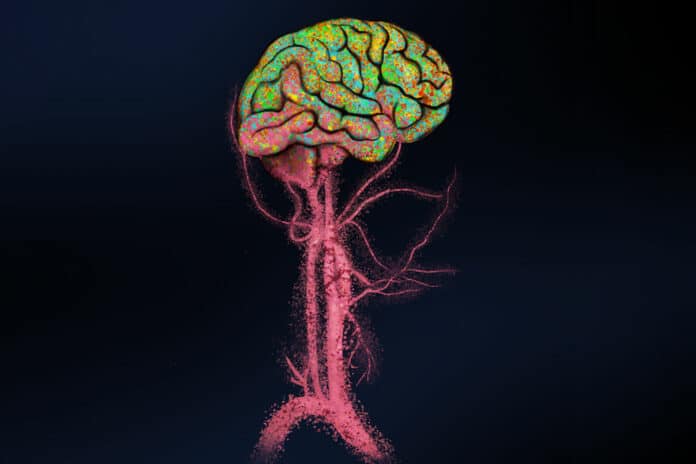Blood-producing cells tend to damage their DNA as we age. These mutations are mainly safe but may also cause damage to 30% of old-age people. They increase the risk of blood cancer and dying early from a heart attack or stroke.
According to Siddhartha Jaiswal, M.D., Ph.D., these age-related mutations might also play a role in Alzheimer’s disease. But when he and his colleagues looked at the DNA of those who had the condition and those who didn’t, they discovered something unexpected. Alzheimer’s disease appeared to resist the same cellular changes harmful to blood diseases.
The result was so surprising that scientists didn’t believe it at first. Having these mutations lowers the risk of Alzheimer’s.
Scientists also found the way these mutations bolster the brain. The results offer new insights on how to slow the progression of dementia.
Stem cells continuously produce blood cells in our body. This process, called hematopoiesis, occurs in bone marrow, where stem cells divide and differentiate, passing on their DNA and their mutations to the blood cells.
Scientists learned that a specific set of genes in stem cells are affected by age-related mutations. Because of this, a limited number of stem cells participate in hematopoiesis more actively and contribute a higher proportion of blood cells than they otherwise would. This condition is known as Clonal hematopoiesis of undetermined potential, or CHIP for short.
To determine the role of CHIP in Alzheimer’s disease, scientists examined subjects recruited for heart studies, including about two hundred people who went on to have Alzheimer’s. They discovered that those with CHIP mutations had a 30 to 40% lower risk of neurological disorders than those without them. Jaiswal then looked into a group in a different study that included more than a thousand Alzheimer’s patients to confirm this discovery. Once more, people with CHIP had a third lower risk of getting Alzheimer’s than those without.
Lead author Hind Bezoud, Ph.D., a former postdoctoral research fellow at Stanford Medicine, said, “Once the statistics showed a clear result, we wanted to look in the brains of people with CHIP to find clues about exactly what was going on.”
Scientists determined if CHIP-bearing blood cells are present in the brain. To do so, they collected postmortem brain tissue from several donors known to have CHIP and some donors without CHIP. After dissolving tissue samples, the scientists were left with only free-floating nuclei that contained DNA. This genetic material’s sequencing uncovered CHIP mutations inside blood cell-specific nuclei.
Afterward, scientists set out to identify which of the several blood cell types their CHIP mutations were found in. Scientists typically profile a cell’s RNA to determine its type of cell by looking at which genes are turned on and off. However, the flash-freezing procedure to preserve the tissue destroyed the RNA in the brain tissue samples.
Julia Belk, Ph.D., a Stanford postdoctoral researcher from the lab of Howard Chang, said, “We had to get creative and use a technical trick, as well as a lot of sophisticated computational analysis.”
Using a new technique, scientists examined modifications made to the DNA that reveal which genes are switched on and off. Through this, they could sort out different blood cells and narrow the CHIP mutations to one particular type: microglia, the white blood cells that serve as the brain’s immune system.
Another surprising fact: scientists found microglia derived from bone marrow stem cells with mutations related to old age. According to conventional opinion, our brains develop all of their microglia while in the womb through a process unrelated to adult hematopoiesis. However the team discovered that a staggering 30 to 90% of all brain microglia originated from bone marrow progenitors.
Journal Reference:
- Bouzid, H., Belk, J.A., Jan, M. et al. Clonal hematopoiesis is associated with protection from Alzheimer’s disease. Nat Med 29, 1662–1670 (2023). DOI: 10.1038/s41591-023-02397-2
